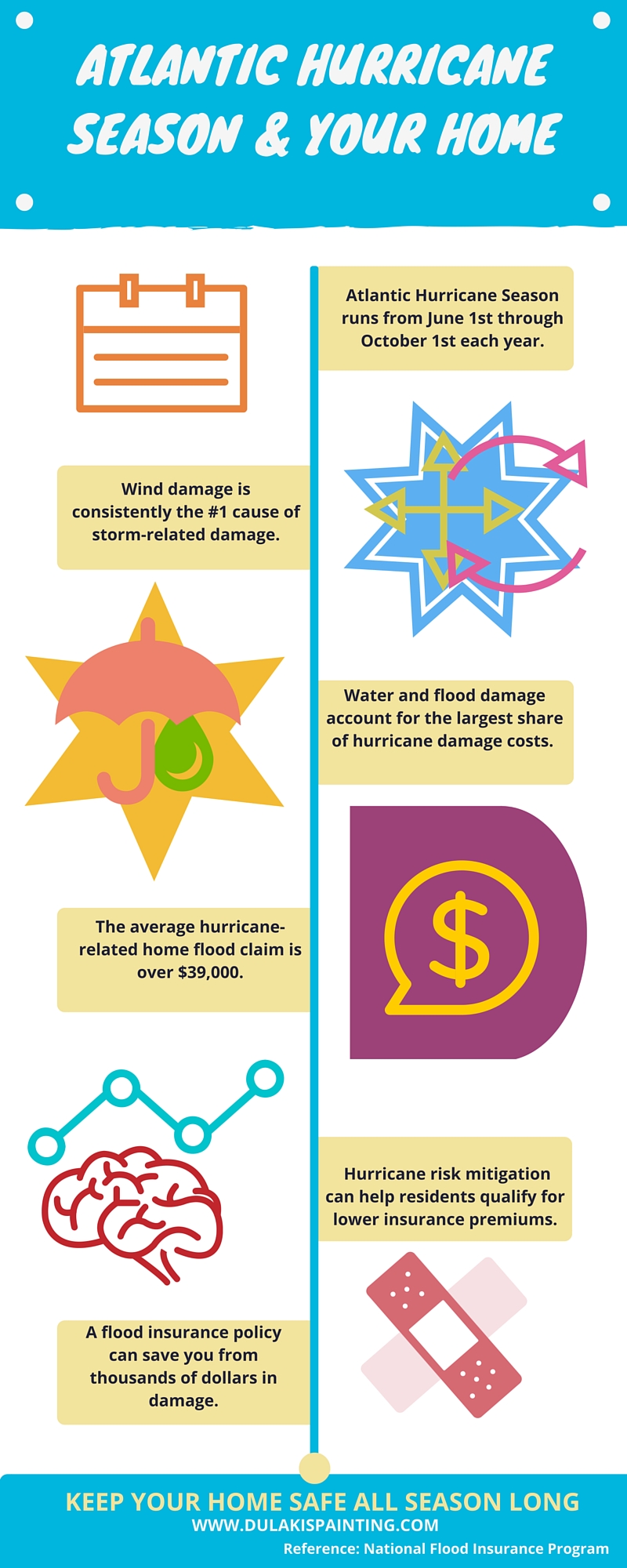Secret Seasonal Considerations For Commercial Outside Paint: What You Required To Be Informed Concerning
Secret Seasonal Considerations For Commercial Outside Paint: What You Required To Be Informed Concerning
Blog Article
Material Composed By-Doherty Rodriquez
When you're intending a commercial outside painting task, seasonal variables can make or damage your results. You'll wish to take into consideration exactly how temperature and moisture effect paint application and drying times. Selecting the appropriate season can guarantee your paint sticks effectively and lasts longer. Yet which periods are truly the best for this type of work? Let's explore the crucial elements that can affect your task's success.
The Effect of Temperature Level on Paint Application
When you're intending a commercial external painting project, the temperature level can considerably affect just how well the paint sticks and dries.
Preferably, you wish to repaint when temperature levels range between 50 ° F and 85 ° F. If it's too cool, the paint may not heal appropriately, resulting in concerns like peeling or splitting.
On the other side, if it's too hot, the paint can dry as well swiftly, avoiding appropriate bond and causing an unequal coating.
You should also take into consideration the moment of day; early morning or late afternoon uses cooler temperature levels, which can be extra beneficial.
Always check the supplier's recommendations for the specific paint you're using, as they commonly provide advice on the excellent temperature variety for optimum outcomes.
Humidity and Its Result on Drying Times
Temperature level isn't the only environmental aspect that affects your business exterior paint job; moisture plays a considerable role too. painting companies near me can decrease drying out times drastically, affecting the overall high quality of your paint job.
When the air is filled with dampness, the paint takes longer to cure, which can bring about problems like poor bond and a greater threat of mold growth. If you're painting on a particularly moist day, be planned for prolonged delay times between coats.
It's essential to keep an eye on local weather and strategy appropriately. Preferably, aim for humidity levels in between 40% and 70% for optimum drying.
Keeping these factors in mind ensures your task stays on track and provides a lasting finish.
Best Seasons for Commercial Outside Paint Projects
What's the best season for your commercial exterior paint tasks?
Spring and early loss are usually your best choices. During these periods, temperatures are moderate, and humidity degrees are frequently lower, developing optimal problems for paint application and drying.
Stay clear of summer season's intense heat, which can trigger paint to dry as well rapidly, leading to bad attachment and surface. Likewise, winter season's cool temperatures can prevent appropriate drying and curing, taking the chance of the longevity of your paint work.
Aim for days with temperatures between 50 ° F and 85 ° F for optimal outcomes. Keep in mind to examine the neighborhood weather report for rain, as damp problems can ruin your job.
Planning around these aspects ensures your paint project runs efficiently and lasts much longer.
Conclusion
Finally, planning your business exterior paint jobs around seasonal factors to consider can make a substantial distinction in the outcome. By scheduling job during the perfect temperatures and humidity levels, you'll make certain much better attachment and drying out times. Remember to keep Suggested Studying on neighborhood weather prediction and choose the correct time of year-- springtime and early loss are your best choices. Taking these steps will help you achieve a long lasting and specialist coating that lasts.
